
TPU 98A
FLEXIBLE AND CHEMICALLY RESISTANT
AVAILABLE COLORS
BigRep’s TPU 98A is a flexible filament that is strong, durable, UV-stabilized, and highly chemically resistant. Perfectly suited for industrial applications, especially where parts may be exposed to oil, grease, or chemicals, TPU 98A is also rugged. With high impact strength, tear strength, durability, and abrasion resistance, TPU parts can withstand heavy wear and tear.
Its great layer and bed adhesion result in strong, geometrically accurate parts with minimal warping or deformation. While being flexible, BigRep TPU 98A is a relatively rigid elastomere. The hard/softness of 3D printed parts can be tuned by altering slicing settings for more or less rigidity. With excellent damping behavior, TPU 98A is perfect for manufacturing aids, particularly those interfacing with sensitive parts and equipment.
MADE FOR

Flexible with
Shore 98A

High Chemical
Resistance

Excellent Impact
Strength

Great Layer
Adhesion

Durable and
Abrasion Resistant
What is TPU 98A 3D Printing Filament?
BigRep TPU 98A is a flexible thermoplastic filament designed for use on BigRep’s largest industrial 3D printers, the BigRep ONE and BigRep STUDIO, as well as the PRO system. It is a thermoplastic polyurethane—part of the thermoplastic elastomer family—with a Shore hardness of 98A. This is on the firmer end of the scale for TPU materials, closer in terms of flexibility and durability to a shopping cart wheel than to an elastic band.
This BigRep filament offers several desirable characteristics, including temperature resistance up to 100 °C and a high level of chemical resistance. These attributes make the material suitable for rugged industrial applications
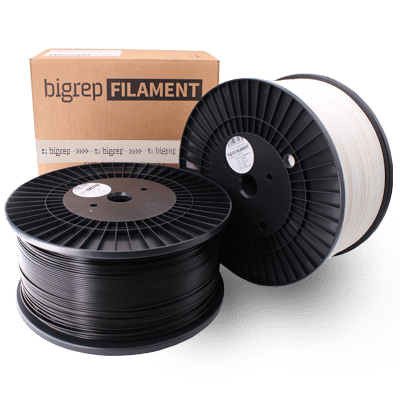
Why Use BigRep TPU 98A Filament?
While many 3D printed components require a degree of rigidity to perform their function, a certain category of parts require flexibility, pliability, or softness in order to work properly. 3D printed items like seals and gaskets, vibration dampeners, and footwear outsoles all work best when they are made from rubber-like materials rather than rigid plastics.
However, FFF 3D printing is not typically suited to printing many flexible materials. This is because many of the most common flexible materials (silicone rubbers, for example) are thermosets which cannot be extruded by a 3D printer. Instead, parts made from these elastomeric materials are best suited to processes like liquid silicone injection molding. But there is an exception to the rule: thermoplastic elastomers like TPU combine the attributes of rubbers and thermoplastics, resulting in a material that behaves like an elastomer but that can be processed like a rigid thermoplastic.
BigRep TPU 98A is an ideal material for those who want to exploit the benefits of flexible materials (such as durability and impact resistance) while also leveraging the advantages of the 3D printing process, such as design freedom, rapid prototyping, and low production costs in small quantities.
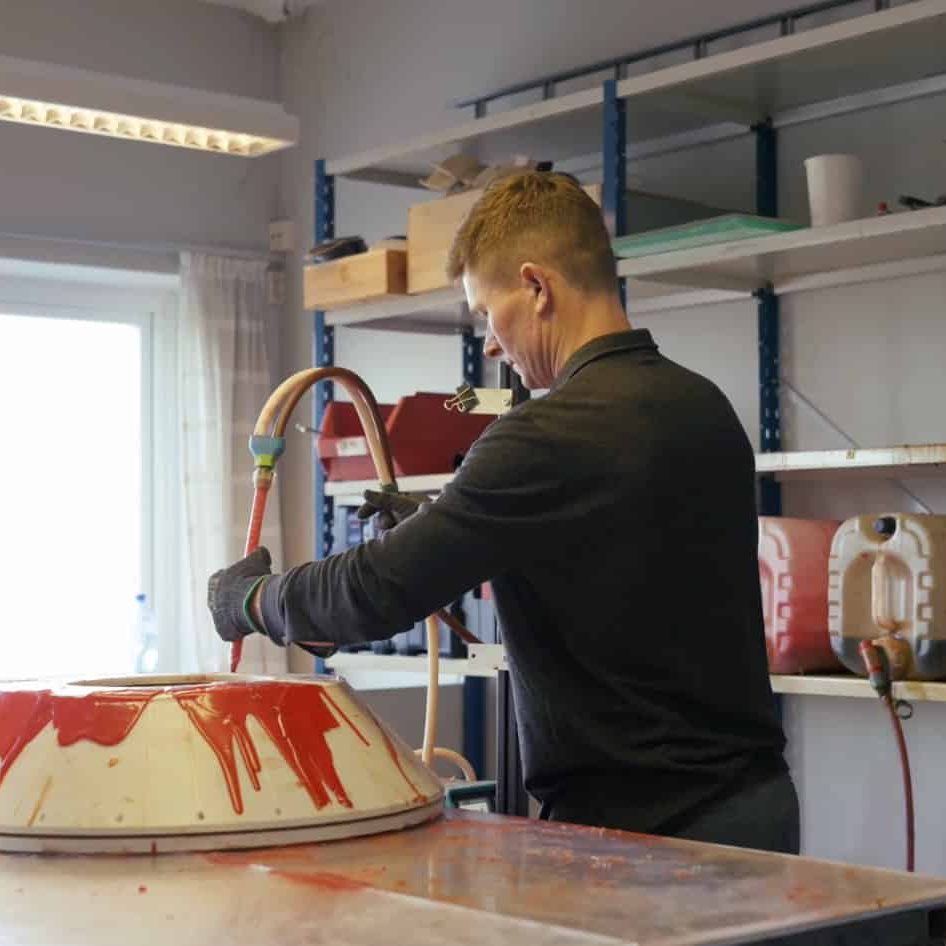
Forms and Molds
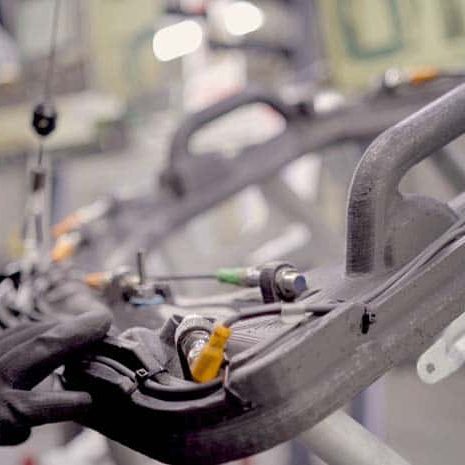
Factory Tooling

TRANSPORT AND LOGISTICS
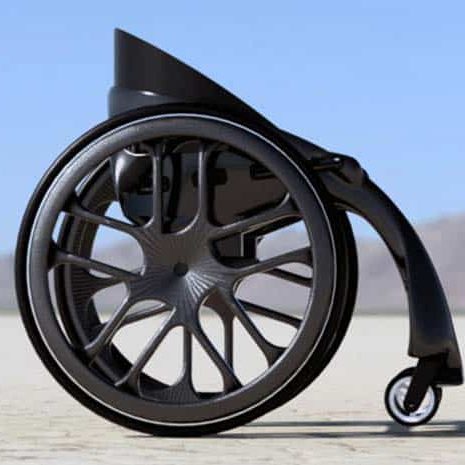
Functional Prototypes
Benefits of 3D Printing BigRep TPU 98A
Some FFF printer users will dread using flexible filament due to its slow printing speed and tendency towards blobs and stringing. However, BigRep TPU 98A 3D printing filament has been expertly developed and tested, resulting in a high-performance material that is reliable and easy to print, especially when using the designated BLADE material profile. Furthermore, because this TPU is on the firmer end of the Shore hardness scale, users don’t have to worry about nozzle blockages or print failures caused by more flexible filaments on the market.
By employing the optimal printing conditions for TPU 98A, users can reap its performance benefits. The material’s good level of flexibility gives it excellent durability and impact strength, registering no break on the ISO 179 Charpy notched impact test. Other key benefits include excellent chemical resistance, performing well against grease and oil, and a high level of UV and temperature resistance.
Recommended print settings
- Nozzle temperature: 210 - 240 °C
- Print Bed Temperature: 50 - 60 °C
- Chamber Temperature: n/a
- Print Speed: >30 mm/s
TPU 98A has exceptional impact strength, being the only filament in the BigRep portfolio to register no break on the Charpy notched impact test. It has a tear strength of 175 kN/m and an elongation at break of 450%. For comparison, more brittle PLA has an elongation at break of 4%.
The BigRep TPU material is temperature resistant up to 100 °C (with a Vicat softening temperature of 105 °C), making it suitable for demanding industrial applications. Its continuous use temperature is 50 °C and its melting temperature is 190 °C.
Excellent chemical resistance is one of the key advantages of BigRep TPU 98A. The material performs well against grease and oil, making it suitable for applications in automotive, aerospace, industry, and other areas.
What to Look Out for When 3D Printing BigRep TPU 98A
Although BigRep TPU 98A can be printed as easily as many rigid thermoplastics, users unfamiliar with flexible materials should take a few precautions. Most importantly, you should store the material in a dry place because it is highly hygroscopic. For best printing performance, the filament should be dried at 80 °C for between 4-6 hours prior to use.
During printing, a good level of bed adhesion can be achieved with a moderate bed temperature of 50–60 °C and a suitable surface such as the BigRep SWITCHPLATE, or Kapton tape with Magigoo. Parts with overhangs can be supported with BigRep’s BVOH support material.
Best Practices for Storing and Handling BigRep TPU 98A
Like all thermoplastic polyurethane filaments, BigRep TPU 98A is hygroscopic, which means users need to be careful with storage and handling. If the filament becomes damp from a humid environment, users may experience printing issues such as excess stringing, pops, and under-extrusion.
TPU 98A should be stored at room temperature in a dry place out of direct sunlight. For best results, users can deploy the BigRep SHIELD, a filament dry cabinet that can store up to 60 kg of filament. If stored correctly, the filament should last for up to 24 months. If exposed to moisture, the filament can be dried out at a temperature of 80 °C for between four and six hours before printing. As with all filaments, users should ensure adequate ventilation when 3D printing TPU 98A and wear personal protective equipment while post-processing.
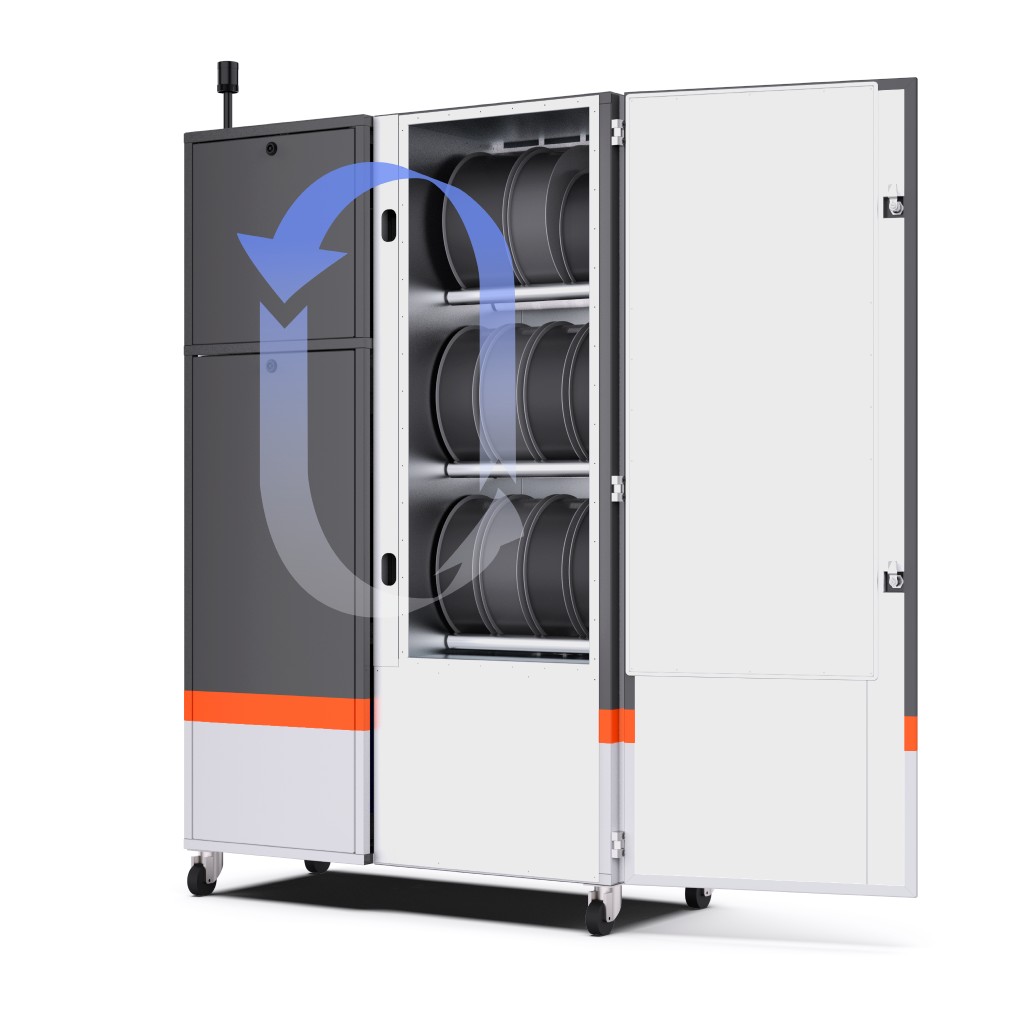
Use Cases: See How Customers Use BigRep TPU 98A
BigRep TPU 98A can be used in a diverse array of industries where high levels of durability, impact strength, and chemical resistance are demanded. One such industry is the automotive sector, where the TPU material can been used for parts like shock-absorbing internal components while easily resisting the threats of grease and oil.
One particularly exciting use of BigRep TPU 98A in the automotive industry was the development of the world’s first airless motorcycle tires. Created by BigRep’s innovation design team, these airless tires were part of the fully 3D printed NERA eBike, first seen at the 2018 edition of formnext. The tires featured a honeycomb design that ensured internal stability while balancing rigidity and flexibility. The geometry was realized using the BigRep TPU filament, which is firm and strong enough to maintain its shape during use but offers just enough flexibility to mimic the softness function of a traditional inflated tire. Other uses for BigRep TPU 98A include industrial shock-absorbing components, seals and gaskets, wearables, and footwear components such as outer soles.
Physical Properties:
| Density (ISO 527): | 1.18 g/cm³ |
| Filament Diameter: | 2.85 mm |
| Color Availability: | Black, Red, Transparent |
| Available Spool Sizes: | 2.5, 4.5 and 8.0 kg |
Mechanical Properties:
| Shore Hardness, 3s (ISO 7619-1): | 98A |
| Shore Hardness, 15s (ISO 7619-1): | 52D |
| Compression Set at 23°C, 72h (ISO 815): | 35% |
| Compression Set at 70°C, 24h (ISO 815): | 42% |
| Abrasion Resistance (ISO 4649): | 25 mm³ |
| Stress at 100% Elongation (ISO 527): | 15 MPa |
| Stress at 300% Elongation (ISO 527): | 30 MPa |
| Stress at Break, TPE (ISO 527): | 40 MPa |
| Elongation at Break, TPE (ISO 527): | 450% |
| Charpy Notched Impact Strength (ISO 179): | No break |
| Tear Strength (ISO 34): | 175 kN/m |
Thermal Properties:
| Vicat Softening Temperature (ISO 306): | 105°C |
| Glass Transition Temperature (Tg) (DSC): | -30°C |
| Melting Temperature (DSC): | 190°C |
| Continuous Use Temp. (UL Yellow Card) (UL 746): | 50°C |
Recommended printing conditions:
| Nozzle Temperature: | 210 - 240°C |
| Print Bed Temperature: | 50 - 60°C |
| Fan Speed | 0 - 50% |
| Surface Adhesion | Kapton, BigRep SWITCHPLATE |
| Support | Breakaway, BigRep BVOH |






